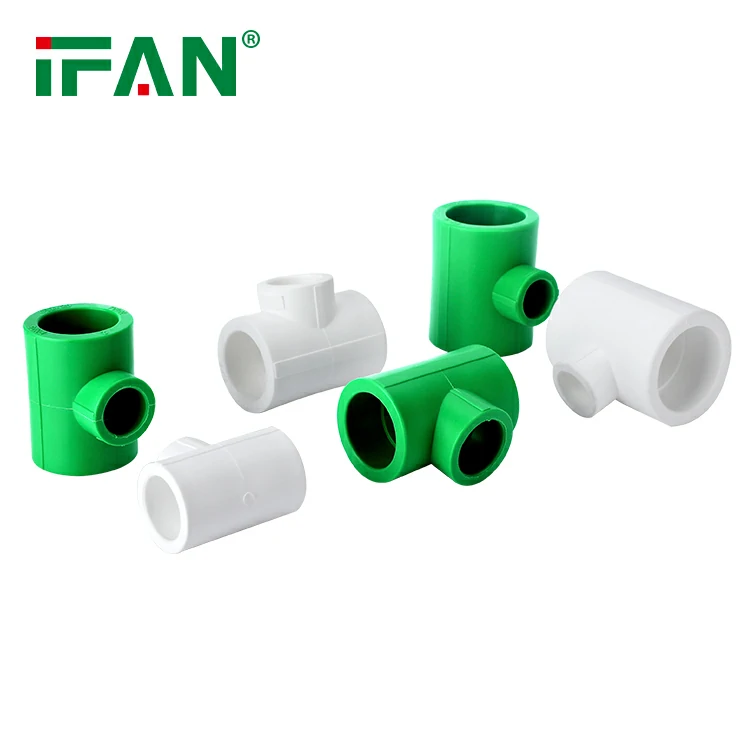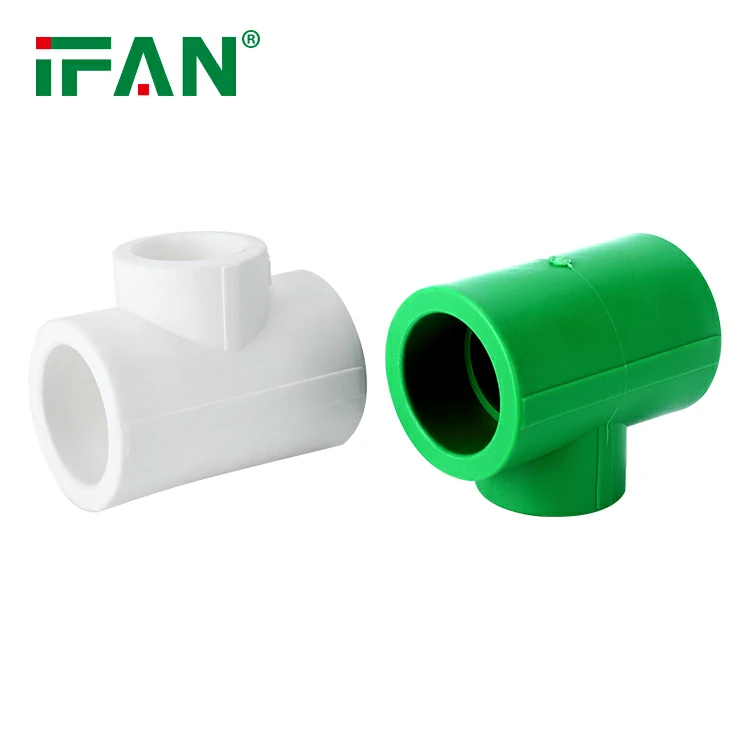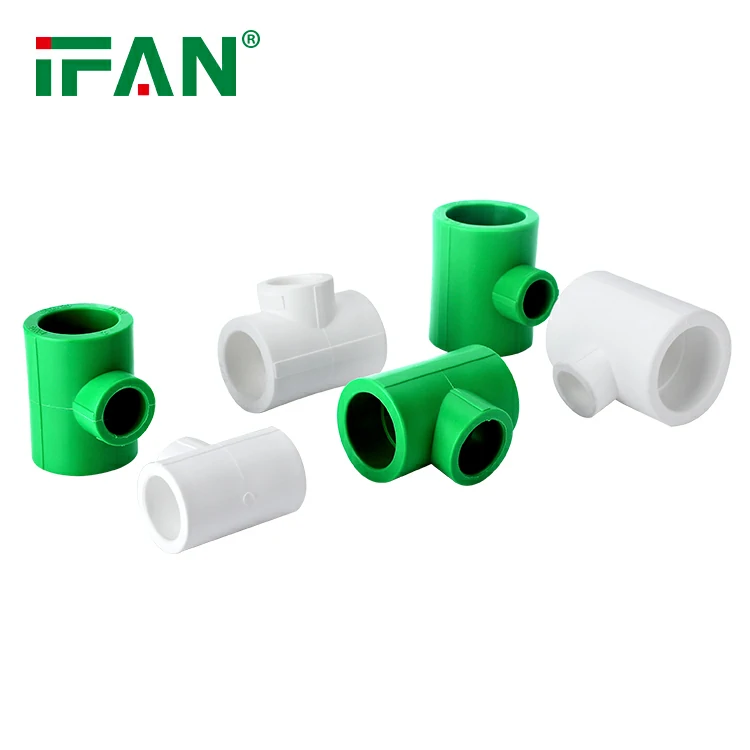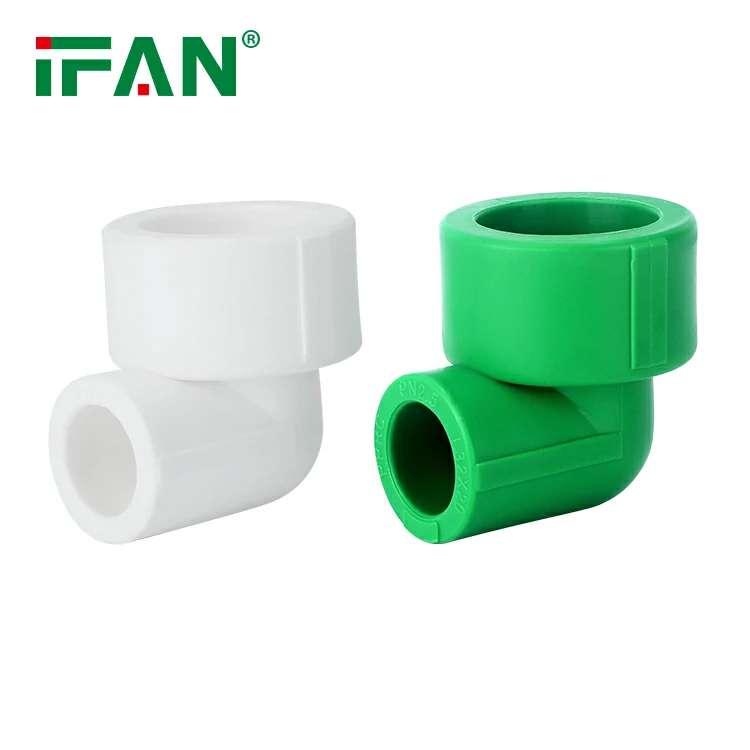Introduction
As the plumbing industry evolves, the demand for efficient and reliable tools to work with piping systems continues to grow. Among the various piping materials available, PEX (cross-linked polyethylene) has gained immense popularity due to its flexibility, durability, and ease of installation. However, to maximize the benefits of PEX, having the right tools is essential. This article explores the best PEX pipe crimp tools for plumbing projects in 2024, while also highlighting the advantages of PPR (Polypropylene Random Copolymer) pipes as a sustainable alternative.
Understanding PEX and PPR Pipes
What is PEX?
PEX is a flexible piping material widely used in residential and commercial plumbing applications. It is resistant to corrosion, scale buildup, and freezing, making it a reliable choice for water supply lines, radiant heating systems, and more.
Advantages of PEX Pipes
- Flexibility: PEX pipes can bend around corners and obstacles, reducing the number of fittings required and minimizing potential leak points.
- Corrosion Resistance: Unlike metal pipes, PEX does not corrode, ensuring a longer lifespan and lower maintenance costs.
- Thermal Efficiency: PEX has excellent insulation properties, helping maintain the temperature of hot water and reducing energy costs.
- Ease of Installation: The lightweight nature of PEX makes it easier to handle and install compared to traditional piping materials.
- Cost-Effectiveness: Although the initial costs may be similar to other materials, the long-term savings associated with reduced maintenance and installation time make PEX a cost-effective choice.
What is PPR?
PPR, or Polypropylene Random Copolymer, is another popular piping material known for its durability and resistance to a wide range of chemicals. PPR pipes are commonly used in hot and cold water systems, heating applications, and industrial processes.
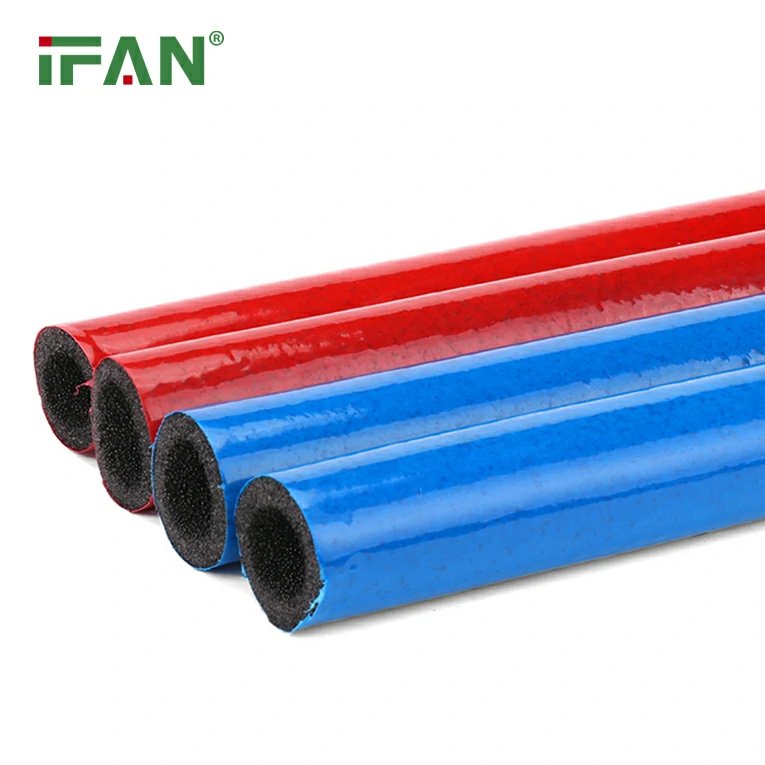
Advantages of PPR Pipes
- Recyclability: PPR pipes can be easily recycled, making them an environmentally friendly option.
- Chemical Resistance: PPR pipes are highly resistant to chemicals, making them suitable for various applications, including potable water systems.
- Longevity: PPR pipes can last for over 50 years, providing excellent value for both residential and commercial applications.
- Thermal Insulation: PPR pipes offer great thermal insulation properties, which can lead to increased energy efficiency in hot water systems.
- Cost-Effectiveness: While the initial costs may be slightly higher than PEX, their long lifespan and low maintenance requirements make them a cost-effective choice over time.
The Importance of Crimp Tools in PEX Installation
When working with PEX pipes, crimp tools are essential for creating secure connections between pipes and fittings. Properly crimped connections ensure leak-free installations and enhance the overall reliability of the plumbing system.
Types of PEX Crimp Tools
- Manual Crimp Tools: These tools are operated by hand and are suitable for small to medium-sized plumbing projects. They are generally more affordable and provide good control over the crimping process.
- Battery-Powered Crimp Tools: These tools offer greater efficiency and speed, making them ideal for larger projects. They can crimp multiple connections quickly without the physical effort required for manual tools.
- Ratchet Crimp Tools: These tools feature a ratchet mechanism that ensures consistent crimping pressure. They are user-friendly and help prevent over-crimping, which can damage the fittings.
- Combo Crimp Tools: Some tools come with interchangeable jaws that can accommodate multiple types of fittings, including PEX, copper, and stainless steel. This versatility can be beneficial for contractors who work with various materials.
Top PEX Pipe Crimp Tools for 2024
1. Milwaukee M12 12V Lithium-Ion Cordless PEX Crimp Tool
The Milwaukee M12 is a battery-powered crimp tool that offers exceptional performance and durability. With its compact design and lightweight body, it is easy to maneuver in tight spaces. The tool features a built-in LED light for improved visibility and a crimping cycle time of just a few seconds.
Pros:
- Quick crimping time
- Lightweight and portable
- Built-in LED light
Cons:
- Higher price point
2. RIDGID 32975 Model 240X PEX Crimp Tool
The RIDGID 240X is a manual crimp tool that is known for its reliability and ease of use. It features a ratchet mechanism that ensures consistent crimping pressure, preventing over-crimping. The ergonomic handle design provides comfort during extended use.
Pros:
- Affordable
- Ergonomic design
- Ratchet mechanism for consistent crimping
Cons:
- Requires more physical effort compared to battery-powered options
3. Apollo PEX 69PTK PEX Crimp Tool Kit
The Apollo PEX crimp tool kit includes a manual crimp tool and a set of crimp rings, making it an excellent choice for DIY enthusiasts and professionals alike. The tool is made from high-quality materials, ensuring durability and longevity.
Pros:
- Complete kit with crimp rings included
- Durable construction
- Affordable option
Cons:
- Manual operation may be tiring for larger projects
4. DEWALT DCE200M2 20V Max PEX Crimp Tool
The DEWALT DCE200M2 is a powerful battery-powered crimp tool that offers high performance and efficiency. With a crimping cycle time of just a few seconds, this tool is perfect for larger plumbing projects. The ergonomic design ensures comfort during extended use.
Pros:
- Fast crimping cycle
- Ergonomic design
- High-performance battery
Cons:
- Higher initial investment
5. Rothenberger 70000 PEX Crimping Tool
The Rothenberger PEX crimping tool is a manual option that is known for its precision and reliability. It features a lightweight design and is suitable for various PEX sizes. The tool is easy to use and provides consistent results.
Pros:
- Lightweight and easy to handle
- Suitable for various PEX sizes
- Affordable
Cons:
- Manual operation requires more effort
Choosing the Right Crimp Tool for Your Project
When selecting a PEX crimp tool, consider factors such as the size of your project, your budget, and whether you prefer manual or battery-powered options. For larger projects, investing in a battery-powered tool may save you time and effort, while manual tools can be more cost-effective for smaller jobs.
Conclusion
In 2024, the market offers a variety of PEX pipe crimp tools that cater to different needs and preferences. Whether you opt for a manual tool like the RIDGID 240X or a battery-powered option like the Milwaukee M12, having the right tool is essential for ensuring secure and leak-free connections in your plumbing projects. While PEX pipes are an excellent choice for many applications, PPR pipes also present a sustainable alternative worth considering, especially for those looking for recyclable and chemically resistant materials. By investing in quality crimp tools and understanding the benefits of different piping materials, you can achieve successful plumbing installations that stand the test of time.
Frequently Asked Questions (FAQs)
1. What is the difference between PEX and PPR pipes?
PEX pipes are made from cross-linked polyethylene, offering flexibility and ease of installation, while PPR pipes are made from polypropylene and are known for their recyclability and chemical resistance.
2. How do I choose the right PEX crimp tool?
Consider factors such as the size of your project, your budget, and whether you prefer manual or battery-powered options when selecting a PEX crimp tool.
3. Can I use PEX and PPR pipes together in a plumbing system?
While it is possible to use both types of pipes in a plumbing system, you must ensure that the fittings and connectors are compatible with both materials.
4. How do I maintain my PEX crimp tool?
To maintain your PEX crimp tool, regularly clean it after use, check for any signs of wear or damage, and store it in a dry place to prevent rust and corrosion.
5. Are PEX pipes recyclable?
PEX pipes present challenges in recycling due to their cross-linked structure, while PPR pipes are easily recyclable, making them a more sustainable option.

